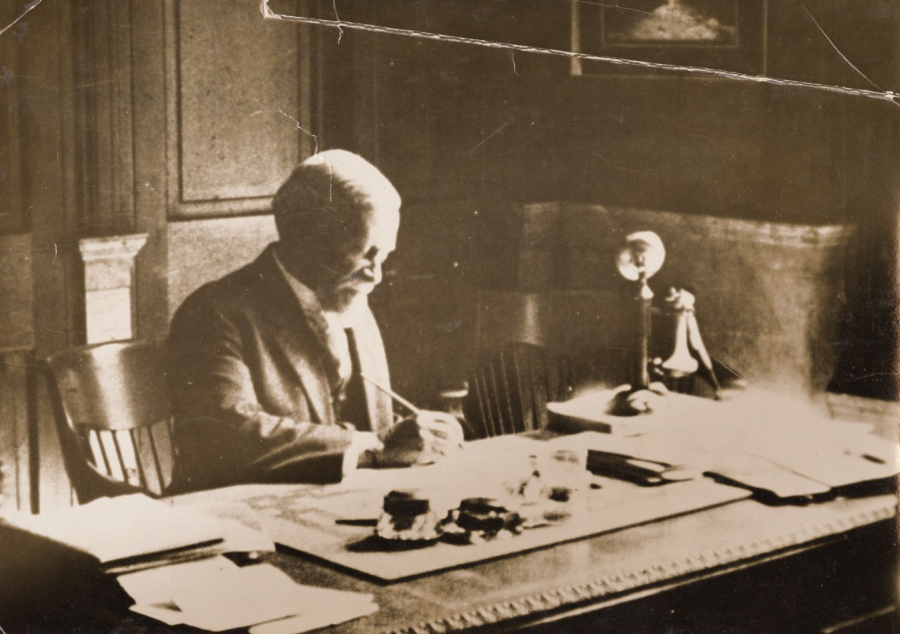Henry Pittock wasn’t the first to bring industry to Camas. Michael Simmons built a small shingle mill there and sold shakes to the Hudson’s Bay Company. Both businessmen landed at the juncture of the Columbia and Washougal rivers near today’s Georgia-Pacific mill.
Pittock came with his checkbook; he bought 2,600 acres and planned a company town with a paper mill. Pittock’s vision far exceeded a humble shingle mill. The paper mill created a community, prosperity and later a troubling environmental problem.
Born in England, Pittock emigrated to Pennsylvania with his family. He entered the printing trade. Just 17 years old, he trekked the Oregon Trail to Portland in 1853. Thomas Dryer, editor of The Weekly Oregonian, hired him for a printing job; within a few years they were partners.
In 1861, Pittock, just 24, started The Morning Oregonian. To differentiate his paper from the weeklies, he published six days a week, emphasizing news over opinion. He established telegraph accounts to gather news of the Civil War and, as a steadfast Republican, supported the Union. To succeed, Pittock aggressively pursued advertising, commercial printing and subscriptions. Yet over the years, his newspaper lost money. By 1900 he’d pledged his Portland home seven times to pay debts.




